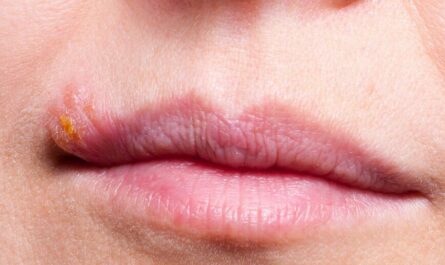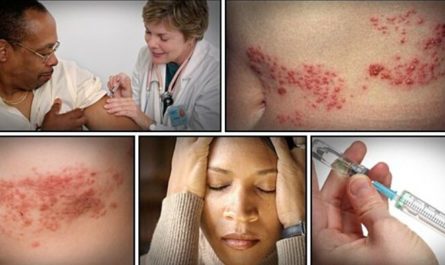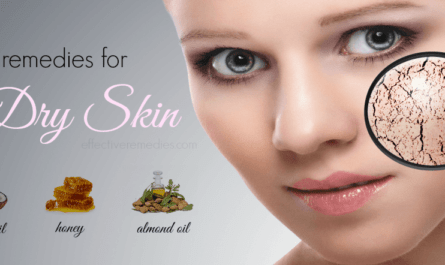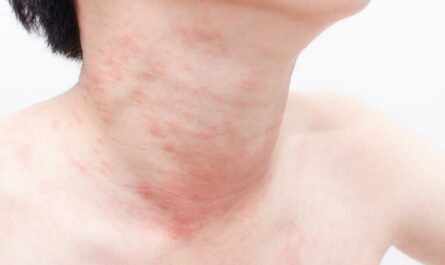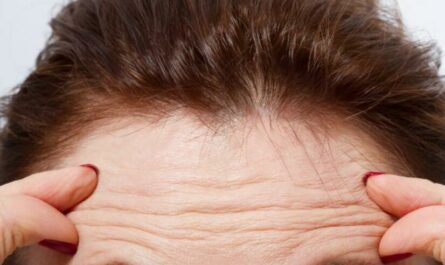White spots on fingernails, also known as leukonychia, can be a common occurrence that many individuals experience at some point in their lives. While these spots are usually harmless, they can sometimes indicate underlying health issues. This article will explore in detail the causes, treatment options, and prevention measures, for white spots on fingernails.
What Are White Spots on Fingernails?
White spots on fingernails, medically referred to as leukonychia, are small, milky white marks that appear on the nail plate. They can range in size, shape, and distribution, and may appear on one or more nails. There are three types of leukonychia: total, partial, and punctate.
- Total leukonychia: In this type, the entire nail appears white, giving a cloudy or opaque appearance.
- Partial leukonychia: Only a portion of the nail exhibits white spots, which are irregularly shaped and may vary in size.
- Punctate leukonychia: This type manifests as small, isolated white spots that appear randomly across the nail.
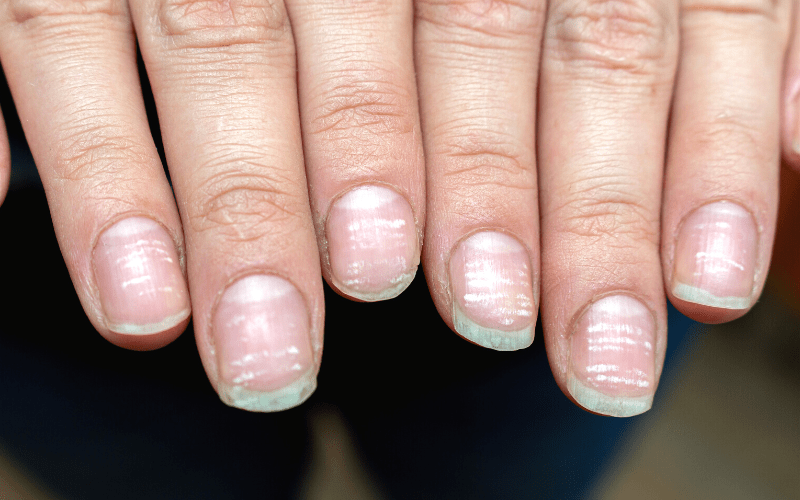
Causes of White Spots on Fingernails
Understanding the underlying causes of white spots on fingernails can help determine appropriate treatment options or prevention measures.
1. Minor Trauma or Injury
Injuring the nail bed can lead to the formation of white spots. Bumping or hitting your nails against hard surfaces, excessive pressure, or repetitive trauma can cause leukonychia.
2. Allergic Reactions
Allergies to certain nail products, such as nail polish, nail hardeners, or even artificial nails, can result in white spots. The allergic reaction triggers the immune system, causing leukonychia as a response.
3. Nutritional Deficiencies
Nutritional imbalances, particularly deficiencies in zinc, calcium, or vitamins, can contribute to white spots on fingernails. Adequate nutrient intake is crucial for healthy nail growth, and deficiencies can manifest as leukonychia.
4. Fungal Infections
Fungal infections, such as onychomycosis, can cause white spots on the nails. Fungi can invade the nail plate, leading to discoloration and the appearance of white spots. This commonly occurs when the nail plate becomes compromised, allowing fungi to penetrate and thrive.
5. Underlying Medical Conditions
In some cases, white spots on fingernails can be a symptom of underlying medical conditions. Skin conditions like eczema or psoriasis may affect nail health, resulting in leukonychia.
Additionally, systemic health issues such as liver or kidney disorders can manifest as white spots on the nails.
6. Mineral Deficiencies
In addition to nutritional deficiencies, specific mineral deficiencies can contribute to the development of white spots on fingernails.
For example, a lack of zinc or iron in the diet can affect the health of the nails, leading to leukonychia. Ensuring a well-balanced diet with an adequate intake of essential minerals is essential for maintaining healthy nails.
7. Inflammatory Skin Conditions
Inflammatory skin conditions such as lichen planus or alopecia areata can cause white spots on the nails.
These conditions are characterized by an immune system response that can affect nail health. Inflammation and damage to the nail matrix can result in the formation of white spots.
8. Genetic Factors
In some cases, white spots on fingernails may be hereditary. Certain individuals may have a genetic predisposition to developing leukonychia.
If others in your family also experience white spots on their nails, it could be attributed to genetic factors.
9. Chemical Exposure
Exposure to certain chemicals or toxins can lead to the development of white spots on nails. For example, exposure to harsh cleaning chemicals or industrial solvents without proper protection can cause damage to the nail bed, resulting in leukonychia.
10. Medication Side Effects
Certain medications can cause white spots on fingernails as a side effect. Chemotherapy drugs, certain antibiotics, and antimalarial medications, for instance, may affect nail health and result in the appearance of white spots.
Myths vs. Facts About White Spots on Fingernails
Several myths surround the appearance of white spots on fingernails. Let’s debunk some common misconceptions:
Myth: White spots indicate a calcium deficiency.
Fact: White spots are not necessarily linked to calcium deficiency. In most cases, they are caused by minor injuries, nutritional imbalances, allergies, or infections.
Myth: White spots mean your nails are unhealthy.
Fact: White spots are generally harmless and do not indicate overall nail health. However, if you notice other changes in the nails or have accompanying symptoms, it is advisable to seek medical advice.
Diagnosing White Spots on Fingernails
If you are concerned about the presence of white spots on your fingernails, it is important to consult with a healthcare professional for an accurate diagnosis.
A healthcare provider, usually a dermatologist, will perform a thorough examination to determine the cause of the white spots. The diagnostic process may involve:
- Visual Examination: A healthcare provider will visually inspect the nails, taking note of their appearance, distribution, and any accompanying symptoms. They will also evaluate the overall condition of your nails and assess for other abnormalities.
- Culture Tests: In cases where a fungal infection is suspected, a culture test may be performed to identify the specific fungus responsible. This involves taking a sample from the affected nail and sending it to a laboratory for analysis.
By conducting a comprehensive evaluation, healthcare professionals can make an accurate diagnosis and provide appropriate recommendations for treatment or further investigation if necessary.
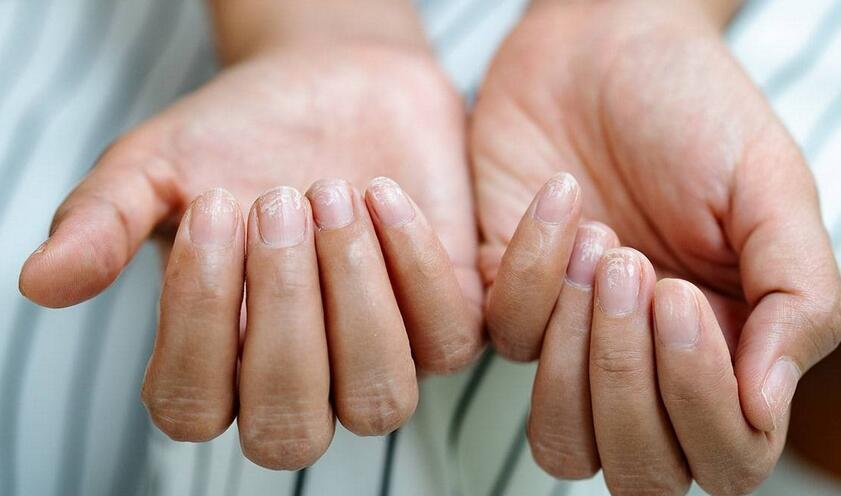
Treatment Options for White Spots on Fingernails
The treatment for white spots on fingernails depends on the underlying cause. While some cases may resolve on their own, others may require specific interventions. Here are some treatment options to consider:
Home Remedies
- Keep nails clean and well-moisturized: Regularly clean your nails and moisturize them to prevent dryness and brittleness, which can contribute to nail problems.
- Avoid using harsh or irritating nail products: Opt for gentle, hypoallergenic nail polishes, removers, and other nail care products to minimize the risk of allergic reactions or further damage.
- Maintain a balanced diet rich in essential nutrients: Ensure you are consuming a variety of foods that provide the necessary vitamins, minerals, and proteins required for healthy nail growth.
- If a nutritional deficiency is suspected, consider incorporating supplements under medical guidance: In cases where a specific nutrient deficiency is identified, healthcare professionals may recommend supplements to address the deficiency.
Over-the-Counter Solutions
- Over-the-counter antifungal creams or ointments: If white spots are caused by a fungal infection, antifungal treatments available without a prescription may help. Follow the instructions provided and consult a healthcare professional if symptoms persist or worsen.
Medical Treatments
- If white spots are a result of an underlying medical condition, addressing the primary condition is key: Treating the underlying condition, such as eczema or psoriasis, can help improve nail health and resolve white spots.
- In severe cases or persistent infections, prescription medications may be necessary: If over-the-counter treatments do not effectively treat fungal infections or underlying conditions, healthcare professionals may prescribe stronger medications to combat the issue.
It’s important to note that treatment outcomes can vary depending on the individual and the specific cause of white spots.
How to Prevent White Spots on Fingernails
While not all cases of white spots on fingernails can be prevented, implementing the following measures may help maintain healthy nails and minimize the occurrence of white spots:
- Avoid excessive pressure or trauma to the nails: Be cautious when engaged in activities that may cause injury to the nails, such as typing, playing sports, or doing household chores. Wearing protective gloves when appropriate can help prevent nail trauma.
- Keep nails properly trimmed and filed: Regularly trim your nails to an appropriate length and file them to smooth any rough edges. This can minimize the risk of nail injuries and the development of white spots.
- Wear gloves when using harsh chemicals or performing manual tasks: When handling household cleaning products, gardening, or engaging in any activities that involve exposure to chemicals or potential nail damage, wearing protective gloves can help protect your nails.
- Opt for high-quality nail products specifically formulated for sensitive individuals: If you have a history of nail sensitivity or allergies, choose nail polishes, removers, and other nail care products that are labeled hypoallergenic or suitable for sensitive skin.
- Follow a well-balanced diet with adequate nutrients for optimal nail health: Maintain a nutritious diet that includes a variety of fruits, vegetables, whole grains, lean proteins, and healthy fats. This will provide the essential vitamins, minerals, and proteins necessary for healthy nail growth.
By adopting these preventative measures, you can promote overall nail health and potentially reduce the occurrence of white spots on your fingernails.
When to Be Concerned About White Spots?
While white spots on fingernails are typically harmless, certain symptoms may indicate a need for medical attention. If you experience any of the following, it is recommended to consult with a healthcare professional for further evaluation:
- Rapid or sudden changes in the appearance of the nails, such as the sudden appearance of multiple white spots or changes in color, shape, or texture.
- Accompanying pain, discomfort, or swelling around the nail bed.
- Spreading of white spots to other nails or other parts of the body.
- Presence of other nail abnormalities or discolorations, such as thickening, pitting, or ridges.
These symptoms may suggest an underlying condition or infection that requires appropriate medical intervention.
Frequently Asked Questions
1. Are white spots on fingernails contagious?
No, white spots on fingernails are not contagious. They are typically caused by minor injuries, allergies, nutritional deficiencies, or fungal infections. They cannot be transmitted from person to person.
2. Can white spots be a sign of a serious medical condition?
While white spots on fingernails are often benign, they can sometimes indicate an underlying health issue.
However, it’s important to consider other symptoms, consult a healthcare professional, and undergo appropriate diagnostic tests if concerned. They will be able to evaluate your overall health and determine if further investigation or treatment is necessary.
3. How long do white spots on fingernails take to go away?
The duration for white spots to disappear depends on the underlying cause. In cases of minor trauma or nutritional deficiencies, the spots may gradually grow out with nail growth, and new, spot-free nails will replace the affected area.
However, persistent or worsening white spots may require medical attention. It is best to consult with a healthcare professional for an accurate evaluation and specific guidance.
4. Can children get white spots on their fingernails?
Yes, children can develop white spots on their fingernails. The causes are generally similar to those in adults, including minor injuries, allergies, nutritional deficiencies, or fungal infections.
However, it is always recommended to consult with a pediatrician or dermatologist for evaluation and appropriate management.
5. Do white spots mean I have a fungal infection?
While white spots can be a symptom of a fungal infection, they can also indicate other causes such as injuries, allergies, or nutritional deficiencies.
If you suspect a fungal infection, it is best to consult with a healthcare professional for an accurate diagnosis. They may perform tests, such as a culture test, to determine the presence of a fungal infection and recommend appropriate treatment options.
Conclusion
White spots on fingernails, or leukonychia, can occur due to various causes ranging from minor injuries to systemic health conditions. While most cases are harmless, it is essential to be aware of any changes in nail health and seek medical advice if concerned.
By understanding the causes, treatment options, and preventative measures, you can take better care of your nails and overall well-being.

